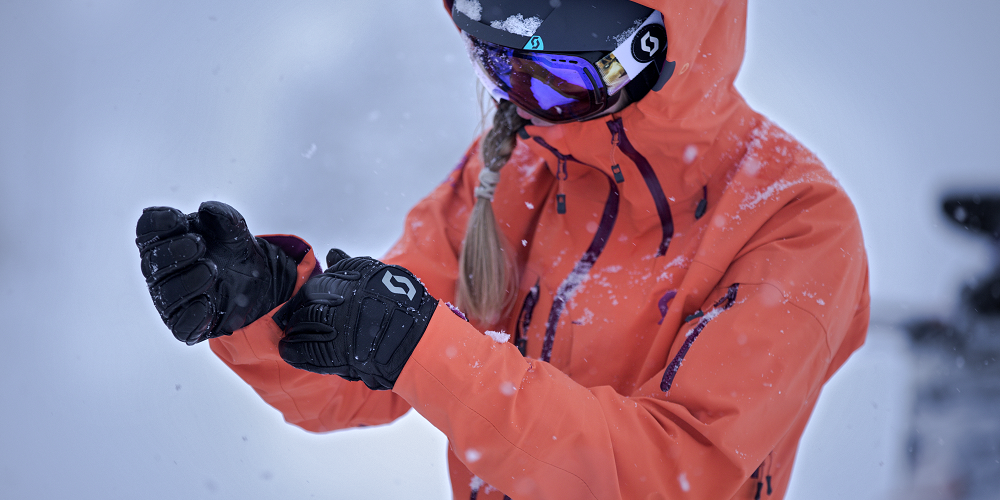One thick layer or a few thin ones? Waterproof or breathable? Insulation or shell? Merino or synthetic? Mastering the art of layering can be a bit of a minefield, but once you do you’ll be a lot more comfortable…
Not only does the weather change fast in the mountains, but also so does your body temperature. You get warm when you ski and start cooling down when you stop. Piste skiers need warmer clothes than beginners, who get hot and sweaty when falling over and getting up; off-piste skiers and tourers get warm on the up but then cool down when they stop at the top to savour the view.
Not Too Hot, Not Too Cold
Layering your clothing with thin layers allows you to vary how warm or cool you are depending on the weather and your activity level; they can be taken off and packed in a backpack or tied around your waist.
Your base layer is one of the most important places to start – a good quality base layer will keep you warm but at the same time wick away moisture from your skin when you get hot and sweaty. There’s nothing worse than feeling cold damp clothes against your skin when you start to cool down and then you get chilled. Base layers come in a multitude of flavours – warm stink free merino wool, clever highly breathable and wicking techy synthetics and even compression fitted to stop your muscles getting so fatigued.
Air gets trapped between the layers and warms up to create its own insulating effect. Build up your layers by next adding a mid layer, usually a thin micro-fleece or merino top to add some warmth without bulk.
If it’s a cold day or you’re just more susceptible to the weather use an insulating mid layer jacket, made of synthetic feathers or down. We can guarantee this will be one of your most lived in pieces, whether in the mountains or at home. They’re warm, packable, lightweight, SO comfortable and they look great.
Now for the outer layer, a waterproof and breathable shell jacket and trousers will keep out all the elements, wind, snow and rain, but be breathable to let out any excess heat when the going gets good! Current technical clothing is lightweight due to improved fabrics, has more freedom of movement due to its anatomical fit and they’re more breathable, waterproof and definitely very versatile for multiple uses.
Wear appropriate clothing and you’ll enjoy your skiing whatever the weather.




